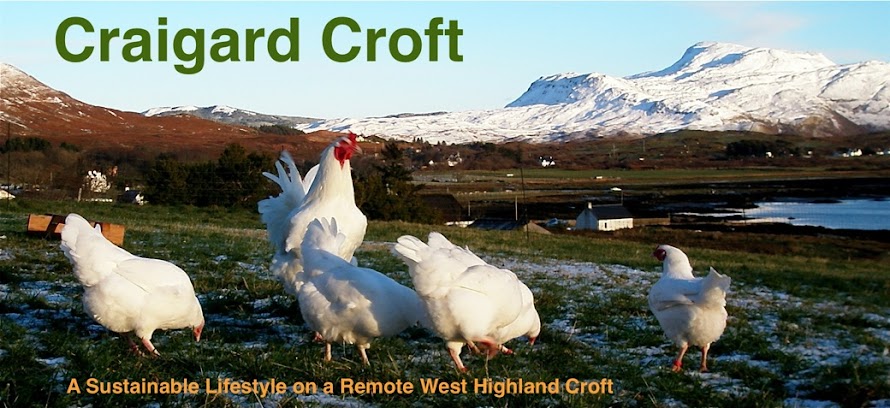Having spent the last few months making daily visits to Dad's Toggenburg's, I have learned a few things...firstly, that goats are optimists - they smile at all times, in all weathers, about all things: "Oh..look, it's raining!", (smile, bleat, smile). "Oh...look, bramble leaves!", (smile, bleat, smile).
Goats are friendly, welcoming, playful and grateful and no matter how glum I may have been upon arrival, I always feel more cheerful after a visit.
Goats jump, and leap and twist like lambs...no matter their age.
Goats are foodies and take great delight in selecting the most delicious strand of hay, which they munch and regurgitate with a joy that is far more believable than Nigella's pasta-tasting moans and sighs.
Goats, in short, are happy - and happiness is more infectious than the Norovirus in winter.
Goats are friendly, welcoming, playful and grateful and no matter how glum I may have been upon arrival, I always feel more cheerful after a visit.
Goats jump, and leap and twist like lambs...no matter their age.
Goats are foodies and take great delight in selecting the most delicious strand of hay, which they munch and regurgitate with a joy that is far more believable than Nigella's pasta-tasting moans and sighs.
Goats, in short, are happy - and happiness is more infectious than the Norovirus in winter.






















